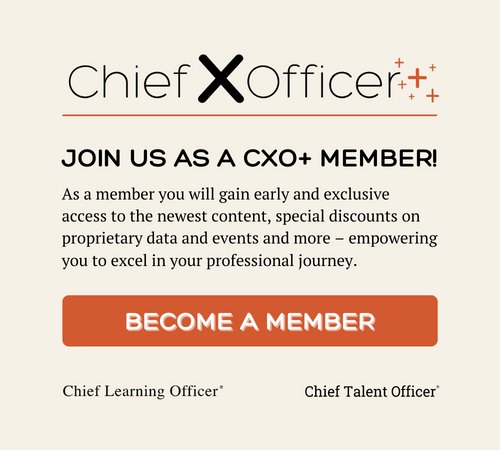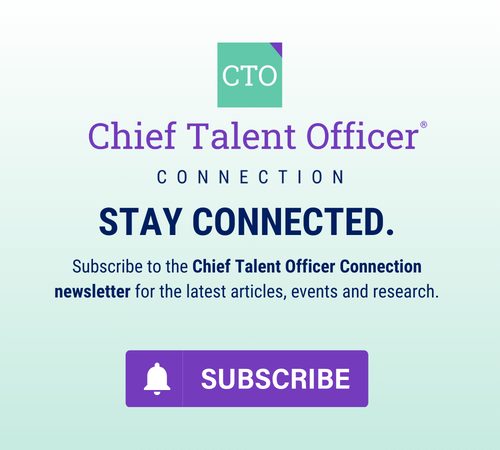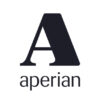-
4 business questions for better talent decisions
If you want to be the talent leader who actually influences business decisions, you need to start thinking like your CEO.
-
Inclusion as innovation: Why forward-thinking organizations invest in employee psychological safety
Research shows that organizations that actively promote inclusive practices are better able to handle crises.
-
Elephant in the conference room: Outsourcing is a hidden threat to talent strategy
If your organization is leveraging outsourcing, you cannot afford to treat communication as an afterthought. Here’s why.
-
Failing safely: Expanding the zone of acceptable failure
Creating a zone of acceptable failure in the workplace is a more productive practice than you think.
-
Talent development powered by AI: 5 critical lessons for CXOs
AI systems don’t implement themselves ethically or effectively. Success requires intentional human leadership, thoughtful cultural change and conscious choices about how these powerful technologies are designed, deployed and governed.
-
Boldly changing from safe to future-ready
How one L&D leader made a decision that radically elevated her ROI on learning.
-
Designing for difference: How UDL creates breakthrough leadership development for neurodiverse talent
For organizations struggling with talent retention and innovation, how we develop neurodiverse leadership talent may be an untapped competitive edge.
-
Bridging the AI skills gap in your organization
Talent leaders and executives have a responsibility—and an incredible opportunity—to upskill existing talent, develop the workforce and prepare the next generation of leaders to play an active role in shaping the future with AI.
-
A shared mission for the common good
The Coalition for the Common Good, founded by Antioch and Otterbein Universities, is opening doors for collaboration, building bridges to the workforce and pursuing social justice.
-
Improving team performance with collaborative problem-solving
Exercises for improving the way your team communicates, trusts each other, solves problems and makes decisions.
- BUDDY PASS NOW AVAILABLE on CLO Symposium Registration, CLO Accelerator Enrollment and Membership.
- BUDDY PASS NOW AVAILABLE on CLO Symposium Registration, CLO Accelerator Enrollment and Membership.
- BUDDY PASS NOW AVAILABLE on CLO Symposium Registration, CLO Accelerator Enrollment and Membership.
- BUDDY PASS NOW AVAILABLE on CLO Symposium Registration, CLO Accelerator Enrollment and Membership.

A talent strategy shapes an organization and outlines the processes, goals and methods the organization needs to see a transformation in their talent management programs and corporate development in order to innovate into the future.




















